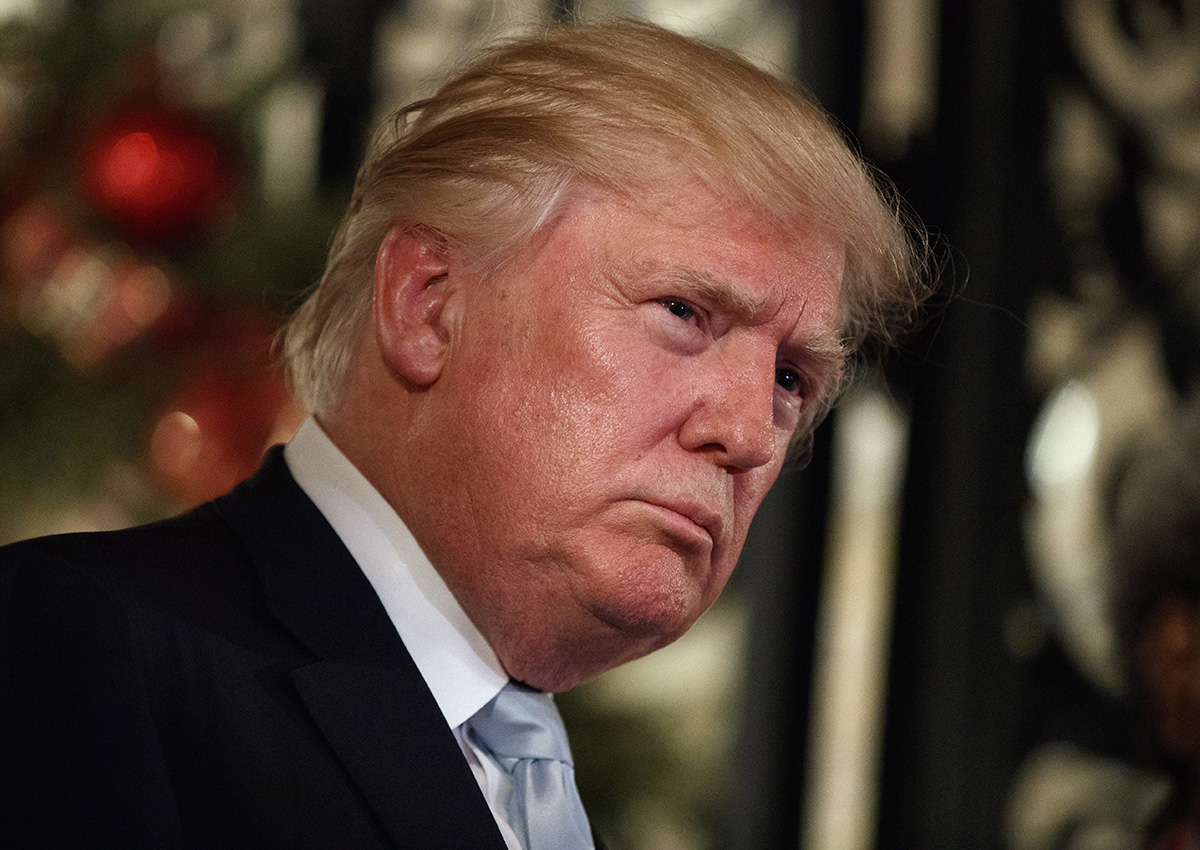WASHINGTON – Federal Reserve officials, who boosted a key interest rate last month, said they might need to accelerate future rate hikes if a faster-growing economy pushes down the unemployment rate farther than currently expected.

Minutes of the Fed’s December meeting released Wednesday showed that Fed officials discussed the impact of Donald Trump‘s proposed economic program of tax cuts, deregulation and increased infrastructure spending. The Fed officials attributed the surge in stock prices, the increase in bond rates and the stronger dollar following the election to enthusiasm among investors about Trump’s plans to bolster economic growth.
READ MORE: Canadian dollar falls from 8-week high after US raises interest rates
The minutes said that Fed officials believed they could maintain plans for gradual rate hikes but would need to be ready to hasten those increases if necessary to fight inflation.
According to the minutes, many participants felt that the risk of a “sizable undershooting” of the Fed’s long-run target for unemployment had increased somewhat.
“The committee might need to raise the federal funds rate more quickly than currently anticipated to limit the degree of undershooting and stem a potential buildup of inflationary pressure,” the minutes said.
WATCH: What will happen if interest rates rise?

The federal funds rate is the formal name for the Fed’s key interest rate, which governs commercial banks’ overnight lending rates.
The minutes covered the Fed’s Dec. 13-14 meeting. At that meeting, the central bank boosted its benchmark rate by a quarter-point to a still-low range of 0.5 per cent to 0.75 per cent.
The hike last month, only the second rate hike in the past decade, followed an initial move 12 months earlier. At the time, the Fed boosted its key rate from a record low near zero where it had been for the previous eight years as the Fed employed a variety of measures to combat a severe financial crisis and the worst recession since the 1930s.
READ MORE: How a US interest rate hike affects Canadians, oil and the loonie
Last month’s decision was approved on a unanimous 10-0 vote. It was expected to translate into modestly higher rates on some loans. Immediately after the Fed announcement, major banks announced they were boosting their prime lending rate, a benchmark for many short-term business and consumer loans, from 3.5 per cent to 3.75 per cent.
At the December meeting, the Fed forecast that it could increase rates three more times in 2017.
WATCH: Can you handle a Mortgage rate hike?

In a news conference following the meeting, Fed Chair Janet Yellen stressed that the Fed still intended to move rates up at a gradual pace and the timing of future moves would be dependent on how the economy unfolds. A year ago, the Fed has expected to raise rates four times in 2016 but ended up with only one rate hike in 2016 after the U.S. economy produced anemic growth in the first half of the year.
Yellen attributed the Fed’s rate-hike estimate in 2017 to a lower unemployment rate and possible changes in federal budget policy.
Yellen said that officials did spend time at their December meeting discussing Trump’s economic plans as well as the rally that had occurred on Wall Street following Trump’s election with stock prices hitting record highs. Yellen told reporters the Fed was “operating under a cloud of uncertainty at the moment” but she said officials had time to wait to see how events unfold before making further decisions on interest rates.

Comments